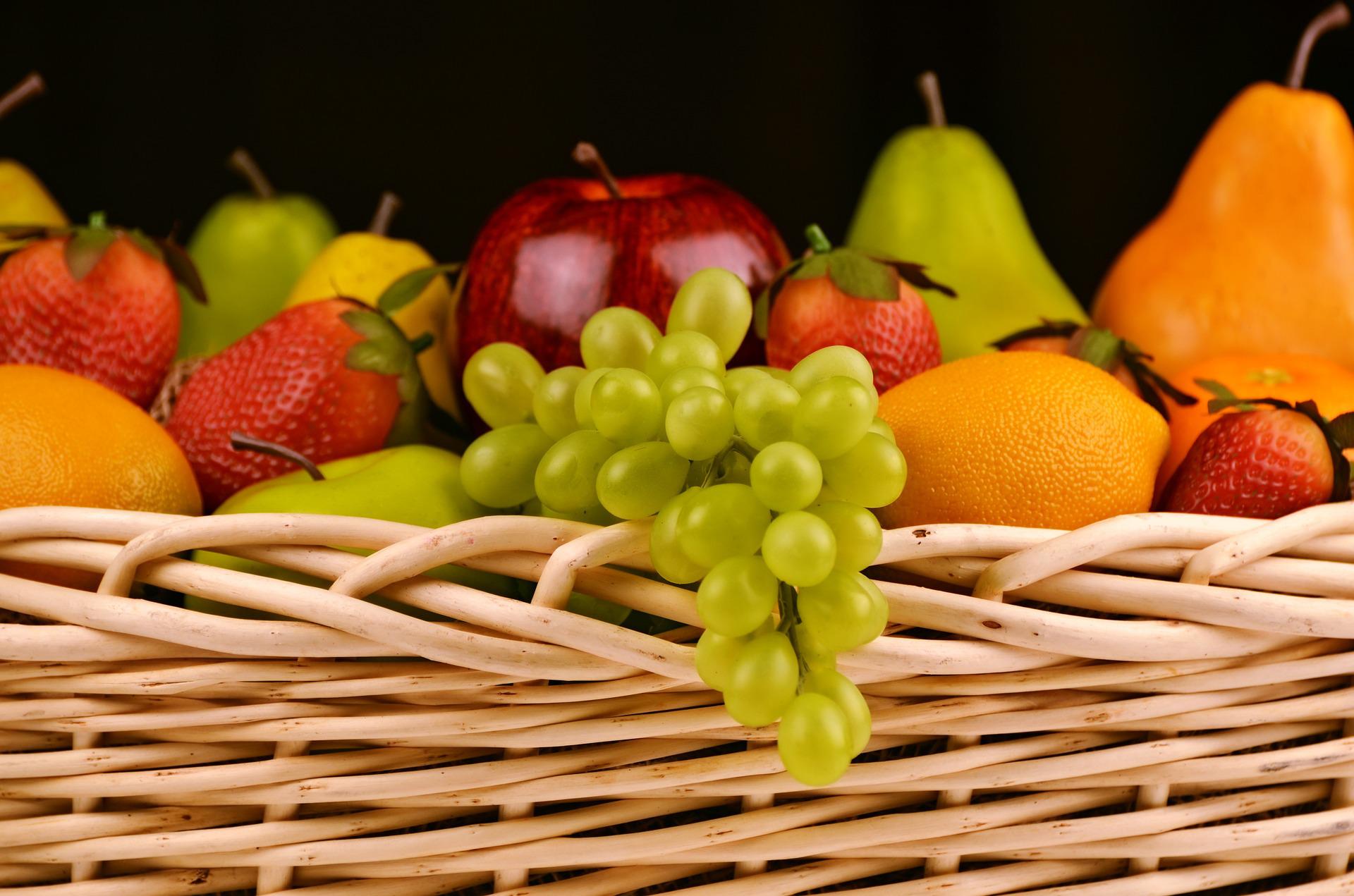When discussing a healthy and balanced diet, we cannot ignore fruits, as they are known for their numerous benefits and contributions to the desired nutrition of the human body, such as vitamins, essential minerals, fiber, water and antioxidants.
The promotion of fruit consumption for a healthy diet has been recognized worldwide, even by the World Health Organization (WHO), which has promoted its well-known campaigns for the consumption of 5 portions of fruit per day.
Despite the described benefits of eating fruit, we must not forget one element they contain: natural fructose (sugar), which, although not comparable to eating foods with added sugar, requires taking into account the amount of fructose we consume daily.
There are different types of sugars, and those that are natural, like those in fruits, are necessary for the proper functioning of our bodies and brains.
7 foods that aren’t as healthy as they seem
When it comes to sugar, we can associate various diseases resulting from its excessive consumption: Diabetes, cardiovascular diseases, obesity, overweight, etc. This is why experts recommend eating fruit in its natural form, i.e. the whole piece, as this allows the body to reap all the benefits and does not cause a rise in blood sugar levels, as is the case when we consume fruit in other forms, such as juice.
Which fruits contain the least amount of sugar? The sugar content in fruits can range from one to 20 grams per 100 grams of fruit. Therefore, it is recommended to include in the diet those foods that do not contain too much fructose in their composition, such as:
Avocado: this fruit contains 0.7 grams of sugar per 100 grams, making it the fruit with the lowest sugar content.
Blueberries: This well-known berry contains 4 grams of sugar per 100 grams of food.
Red fruits are also known as berries; strawberries provide 7 grams of sugar per 100, and raspberries contain 5 grams.
Guava: This well-known fruit provides 5 grams of sugar per 100 grams of weight.
Lemon: This citrus fruit contains 2.5 grams of sugar per 100 grams.
Tangerine: 100 grams of this fruit contains about 10 grams of sugar.
Melon: This round fruit provides about 6 grams of sugar per 100 grams.
Watermelon: This red fruit contains 6 grams of sugar per 100 grams.
Which fruit contains the most sugar?
Cherries: This red fruit contains 12.82 grams of sugar per 100 grams.
Dates: We get 63.35 grams of sugar per 100 grams of this fruit.
Figs: This fruit has 16.26 grams of sugar per 100.
Mango: This juicy fruit provides us with 14.8 grams of sugar per 100 grams of fruit.
Orange: Eating it is equivalent to eating 23 grams of sugar.
Pineapple: Also known as pineapple, its sugar content is 10 grams per 100.
Banana: This will vary depending on its lifespan; a normal banana contains 17 grams of sugar, while a ripe banana is equivalent to 20 grams of sugar.
Grape: This fruit, which grows in bunches, provides 20 grams of sugar per 100 grams.
Since fruits are recognized as beneficial for our health and body, it is important to include them in our diet.
- source: dagens.de/picture: pixabay.com
This post has already been read 3224 times!



